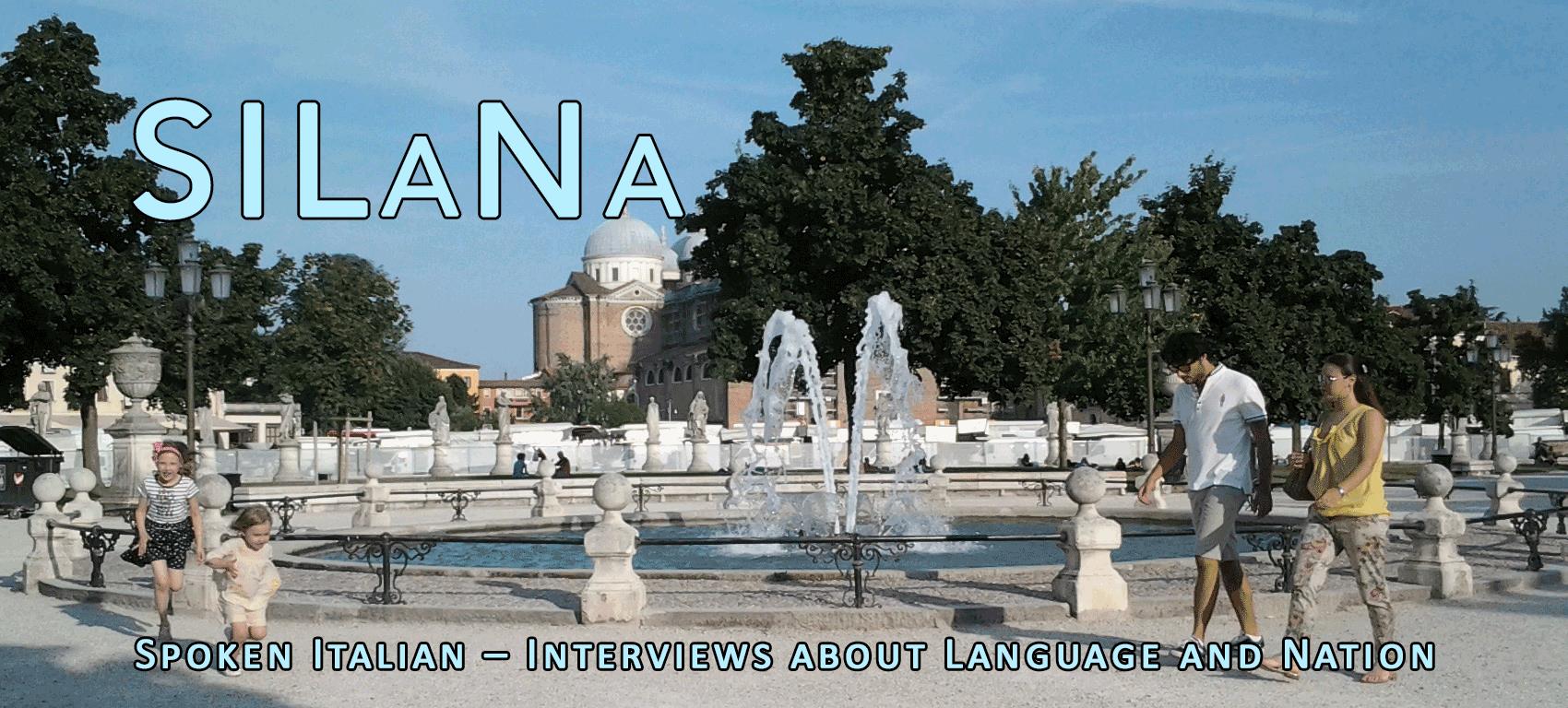
THE SILaNa CORPUS
The SILaNa Corpus is searchable in the search interface Glossa, where the transcriptions are linked to the original audio files.
The corpus can be divided in two parts:
• Part 1, groups 1, 2, 3.
Italian spoken by Italian native speakers. The code of these informants contains the letter n (for Norway, where all the recordings were taken) after the informant number.
• Part 2, group 4.
Italian spoken by non-native speakers, who have been living in Italy for more than ten years. The code of these informants contains the combination it (for Italy) after the informant number.
The interviews for part 1 were collected with three different groups of informants in three different periods by two different interviewers.
| Group, main criteria | Code | Words | Inter-viewer | Period of recording |
| Group 1: mixed couples, job, children | 1n – 10n | 59592 | Silvia Camilotti | June, 2015 |
| Group 2: academics working in Norwegian universities | 11n-ac – 19n-ac | 50778 | Silvia Camilotti | November, 2015 |
| Group 3: Italians arrived in Norway in the 1970s or earlier | 20n-ret – 22n-ret | 20018 | Fabiana Galiussi | April 2017, January 2018 |
| Group4: L2 speakers of Italian living in Italy | 23it- 31it | 49262 | Silvia Camilotti | May 2015 |
| 32it | 3753 | Fabiana Galiussi | April 2017 | |
| Two inter-viewers | FG, SC | 55411 |
How the study was organized
First of all a participant had to read and to sign a letter of consent where the information about the project and the data-anonymization were given. After that s/he had to fill out a short form answering some standard questions about his/her background, contacts with other languages, and the linguistic situation in the family. This information helped us to focus better the questions of the interview. The main part of the investigation was an interview of ca. one hour that was audio-recorded. After that the interview was transcribed by the interviewer. Later all transcriptions were proof-read by another person.
The main questions for each group were focused 1) on the components of national identity the participant wants to preserve most and to transmit to the children, and 2) on skills and practices that were important to acquire when s/he moved to Norway (or to Italy) and that can help to integrate in a new country. Moreover, some supplementary questions were asked to group 2 and 3. For group 2 these questions were about their professional life, for group 3 the questions were more focused on the differences between their first years in Norway and the current situation.
About different groups of informants
The following criteria were applied in selecting the informants for group 1:
– A partner from the host country (i.e., an Italian in Italy or a Norwegian in Norway);
– More than five years in the host country;
– A medium-high sociocultural background: all of the informants were university graduates and had a job;
– Belonging to one of four different age groups: 30–40, 40–50, 50–60, or < 60 years old;
– Having children.
The following criteria were applied in selecting the informants for group 2:
- Teaching in one of the Norwegian universities various subjects except for the language and the culture of their country of origin.It is worth mentioning that there were some informants in group 1 that fit also this criterion, but they were not recontacted for another interview.
Analyzing the data from group 1, we have observed that almost all of them arrived in Norway in the same period.
| Group 1 (n) | Group 2 (n-ac) |
Group 3 (n-ret) | Group 4(it) | |
| 1950s | - | - | 1 | - |
| 1960s | 1 | - | - | - |
| 1970s | - | - | 2 | 1 |
| 1980s | 2 | - | - | 1 |
| 1990s | - | 3 | - | 6 |
| 2000s | 7 | 4 | - | 1 |
| 2010s | - | 2 | - | 1 |


